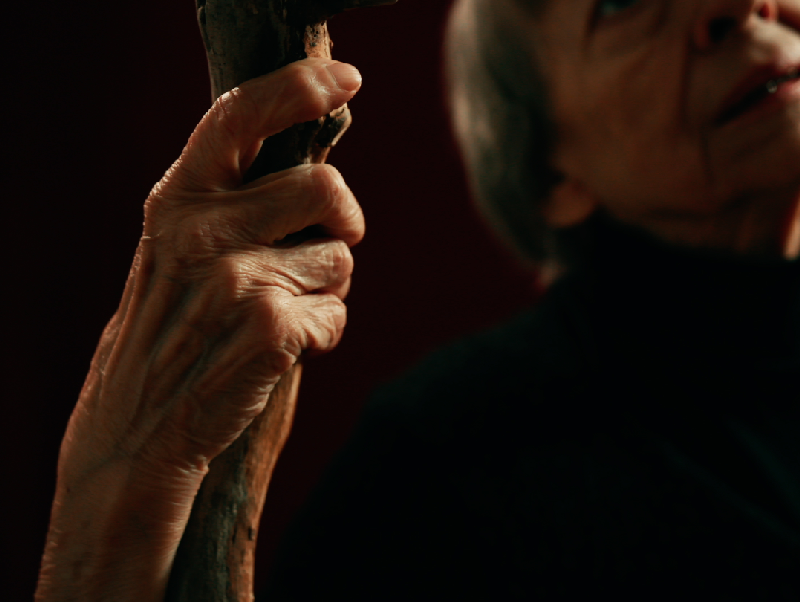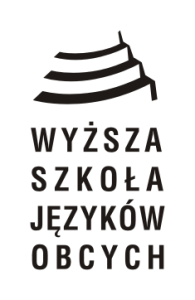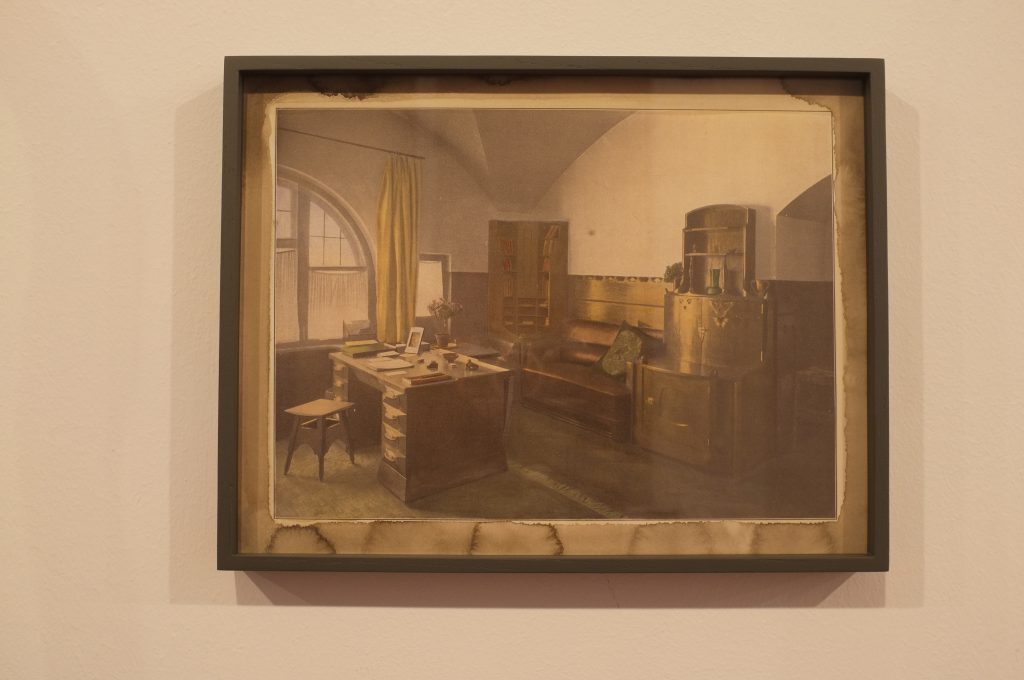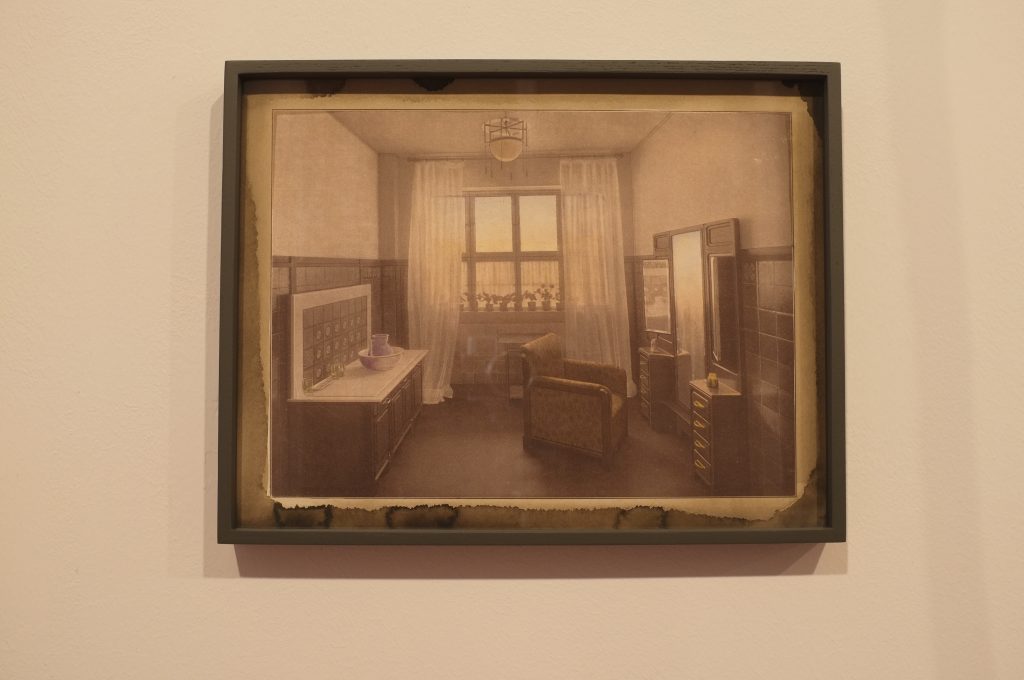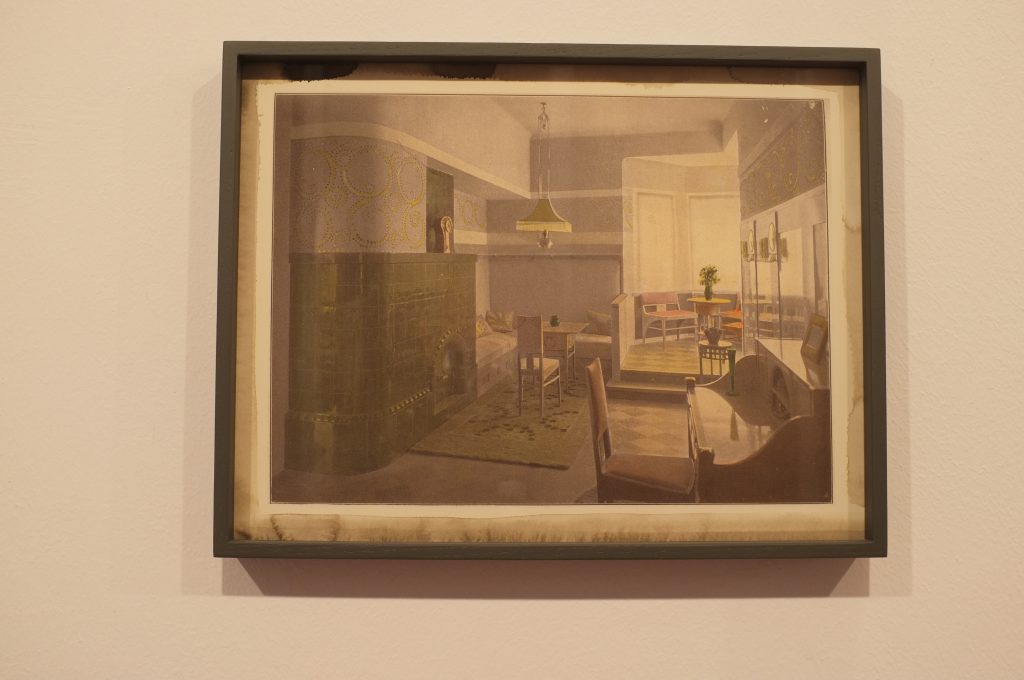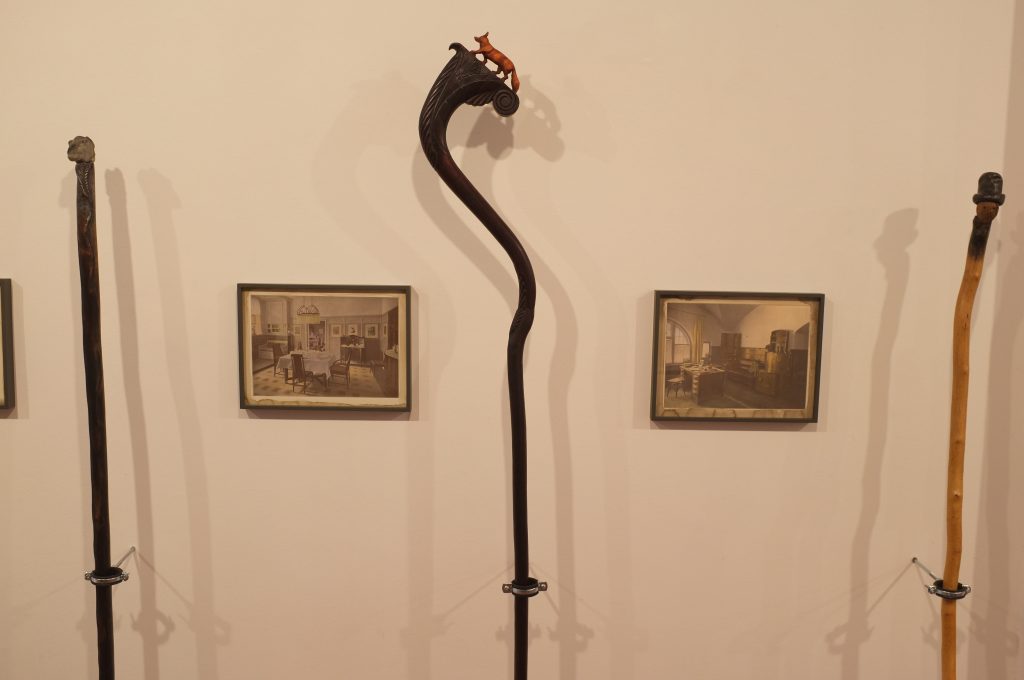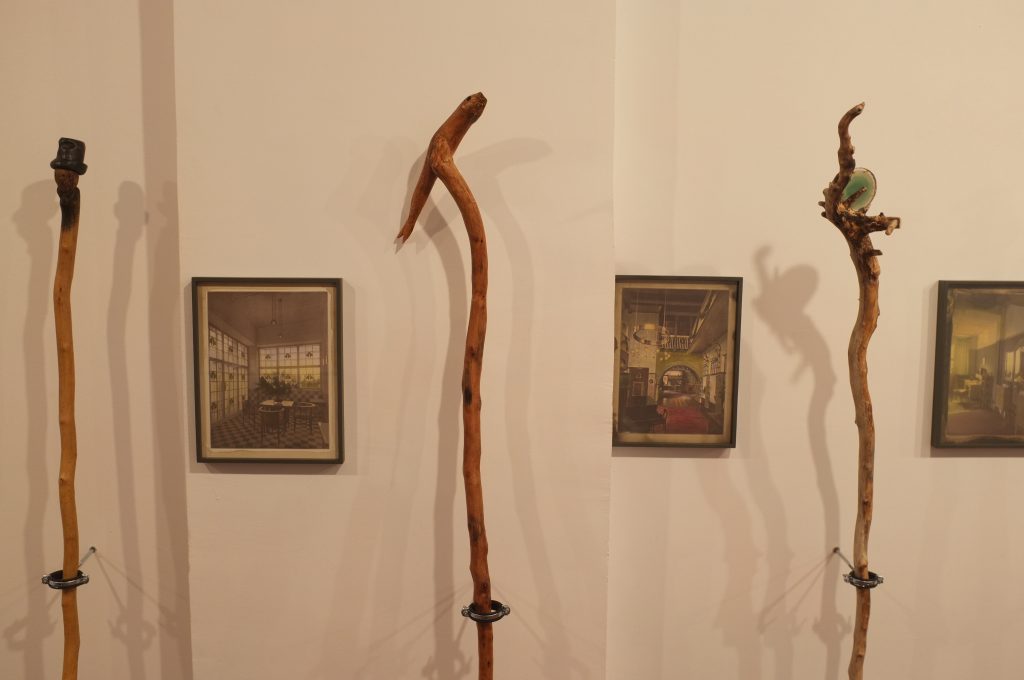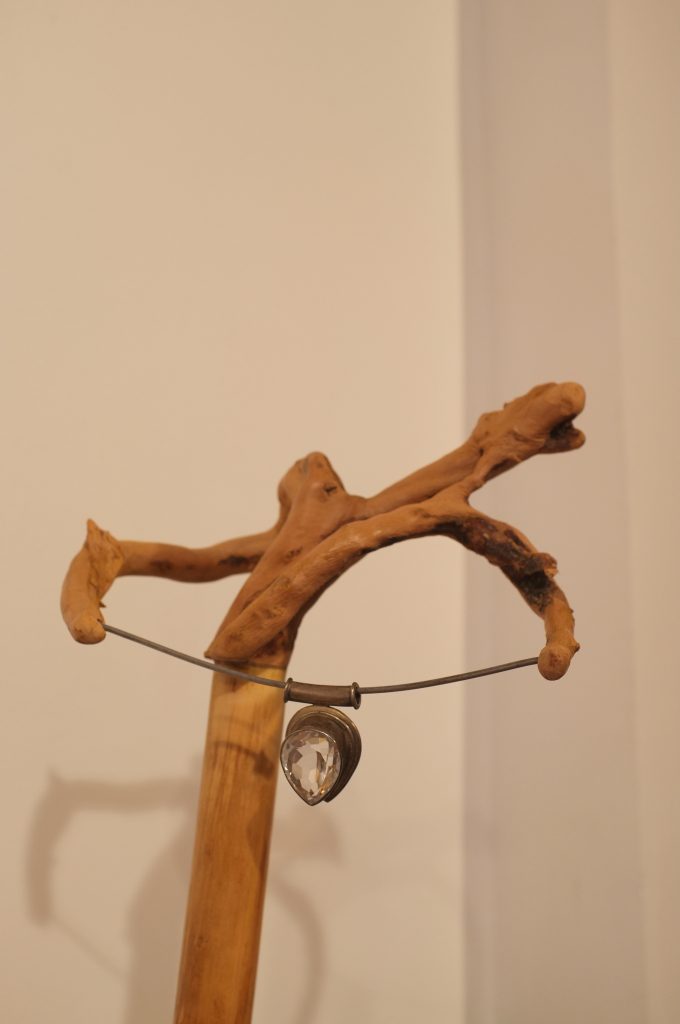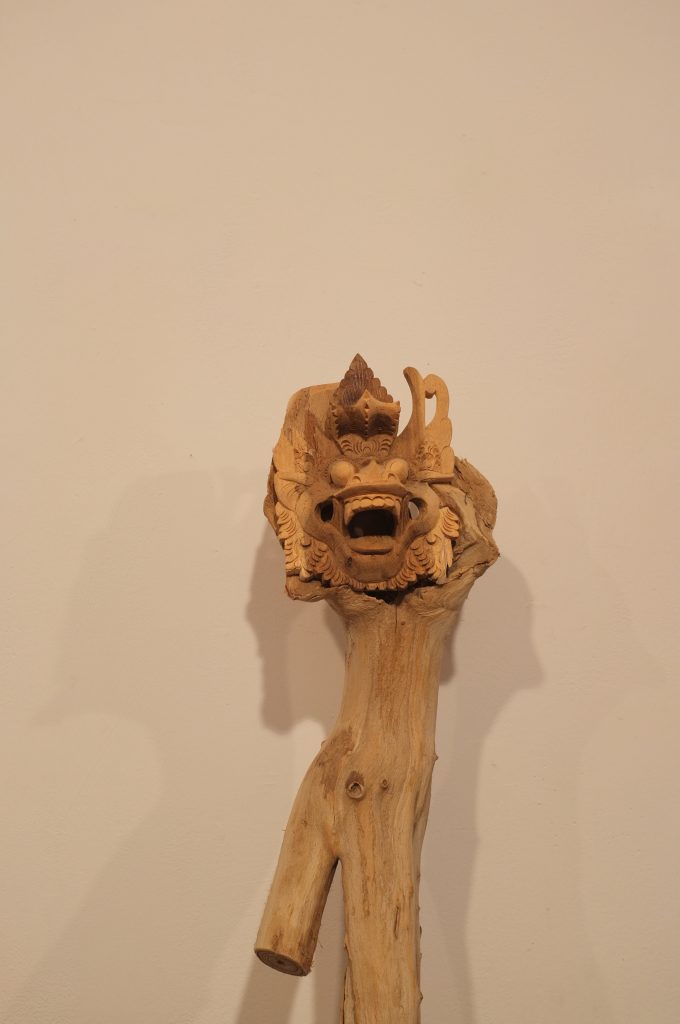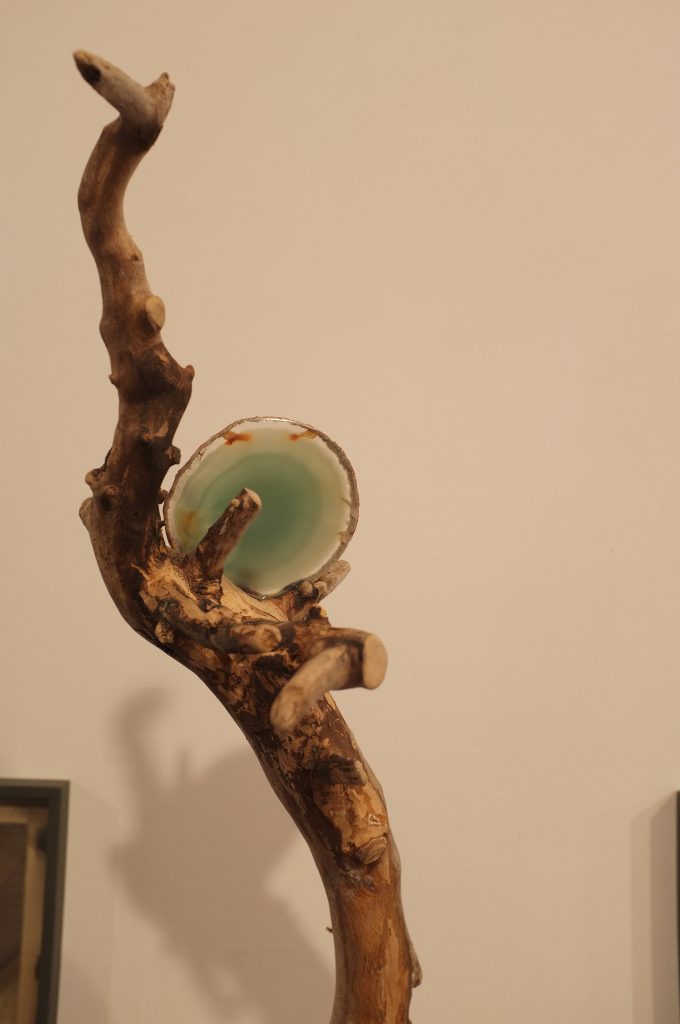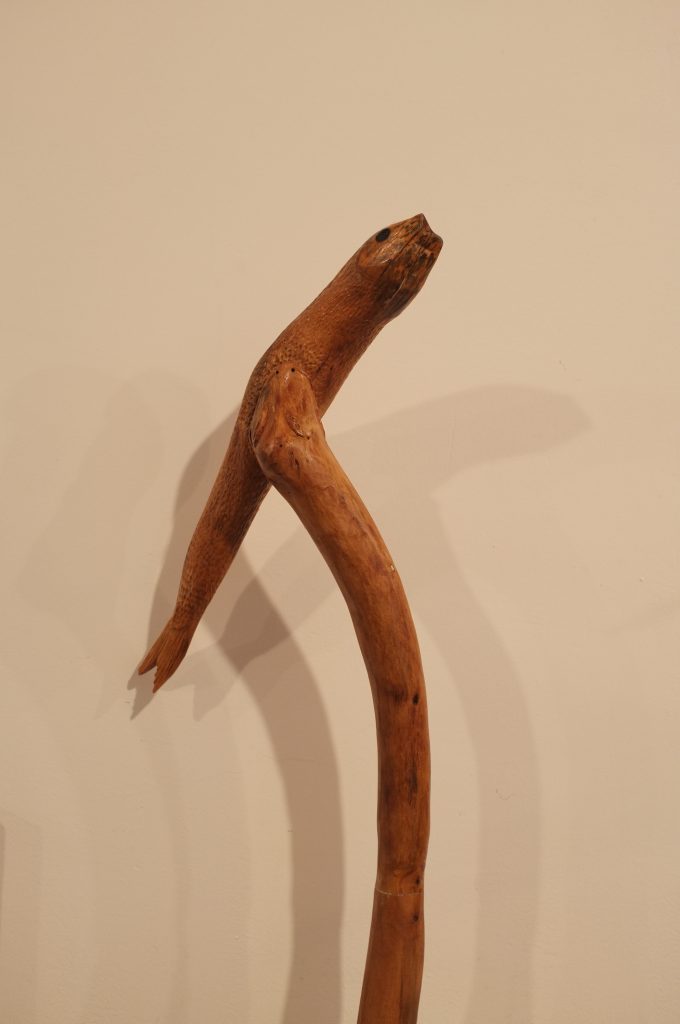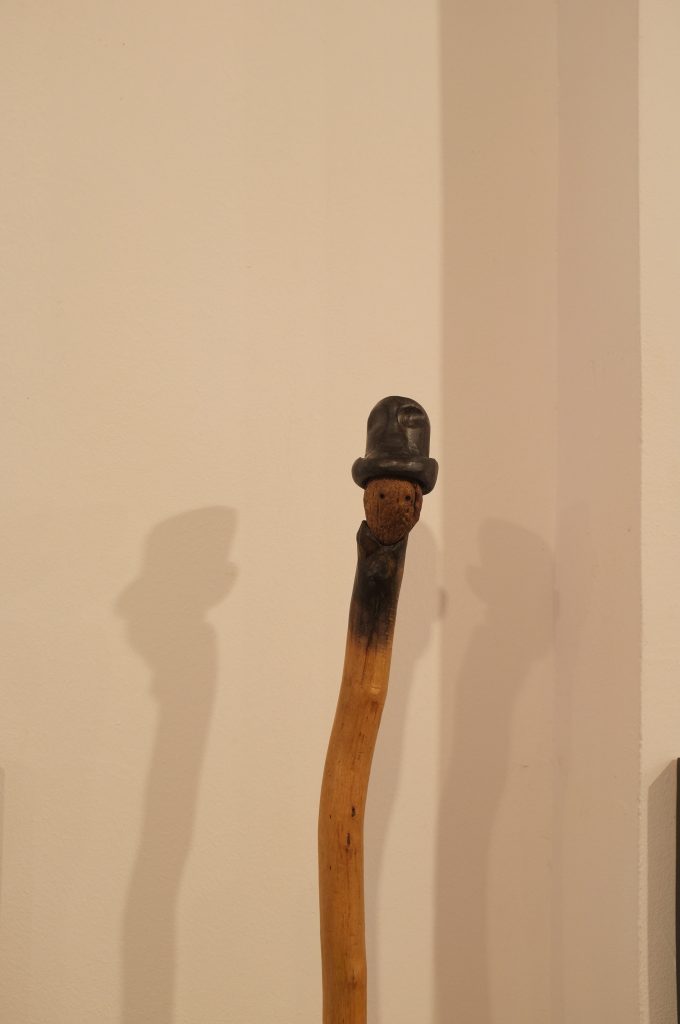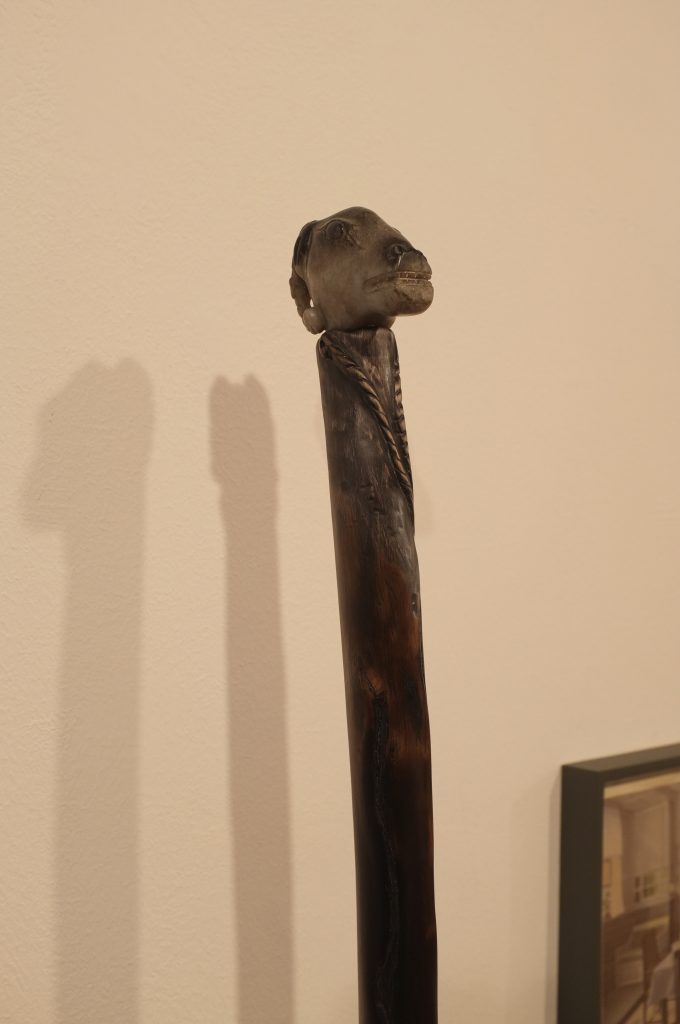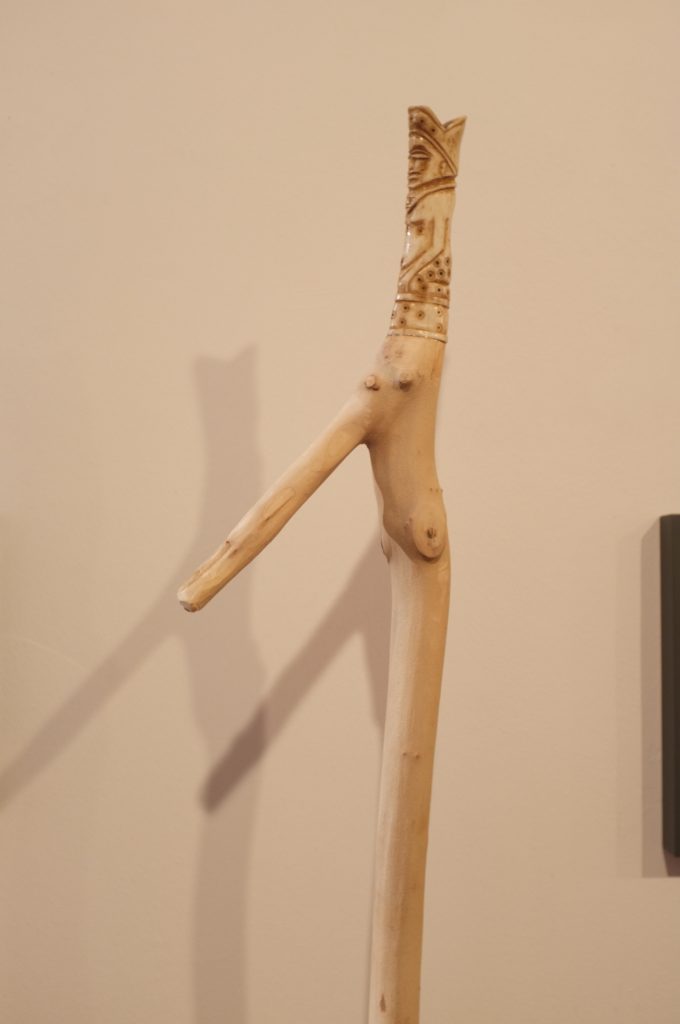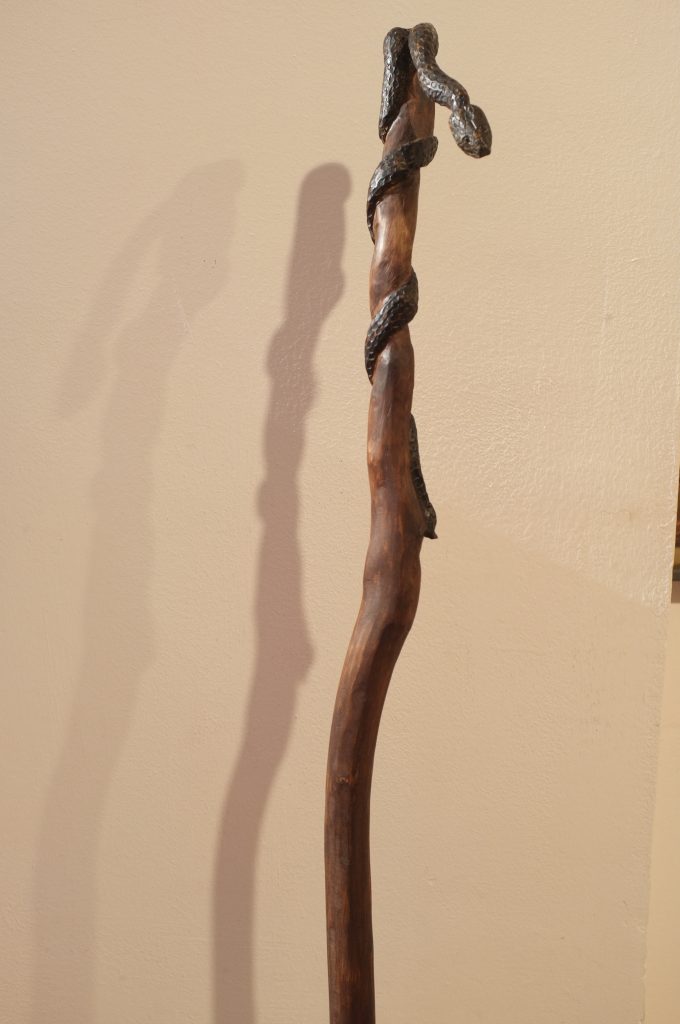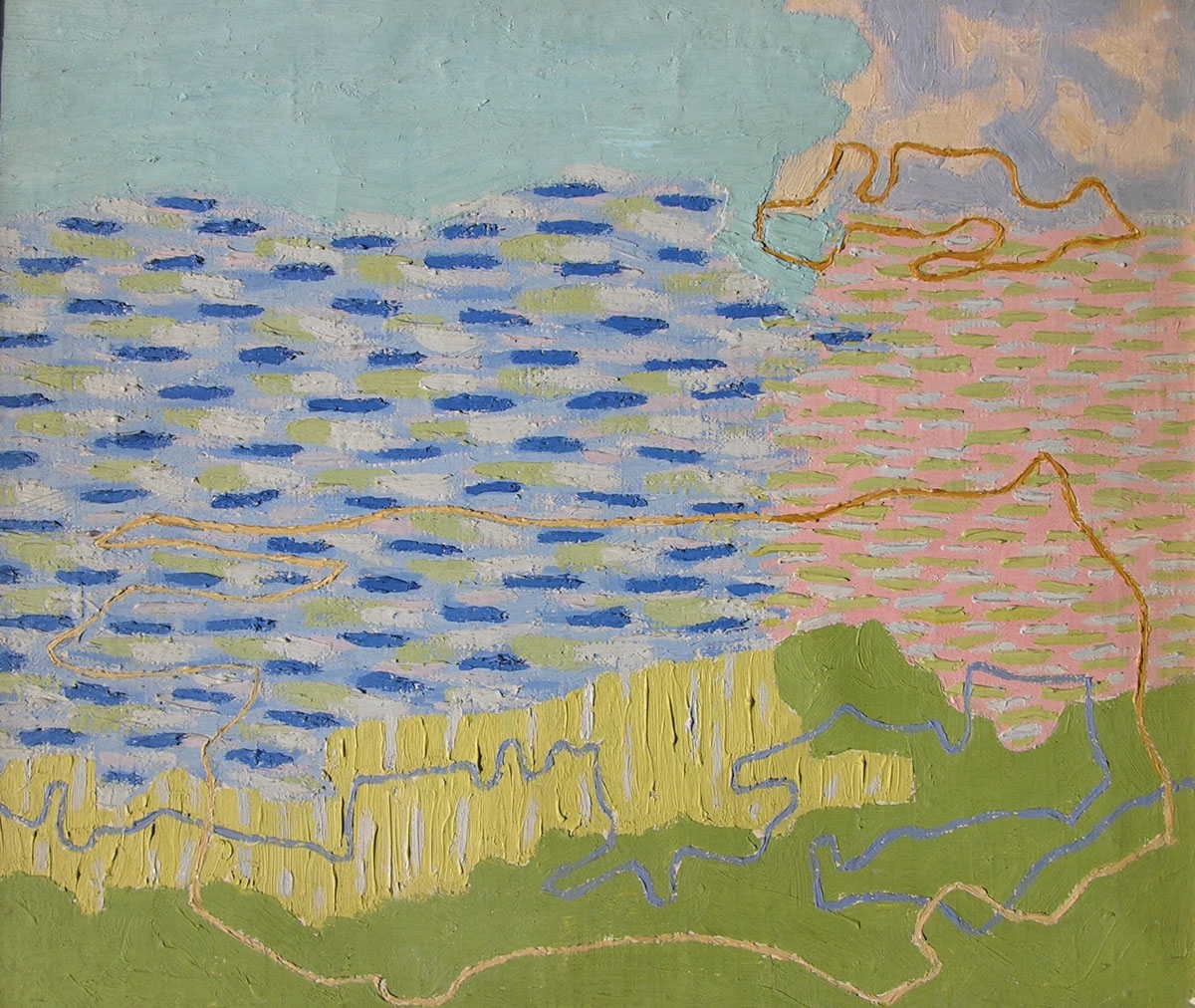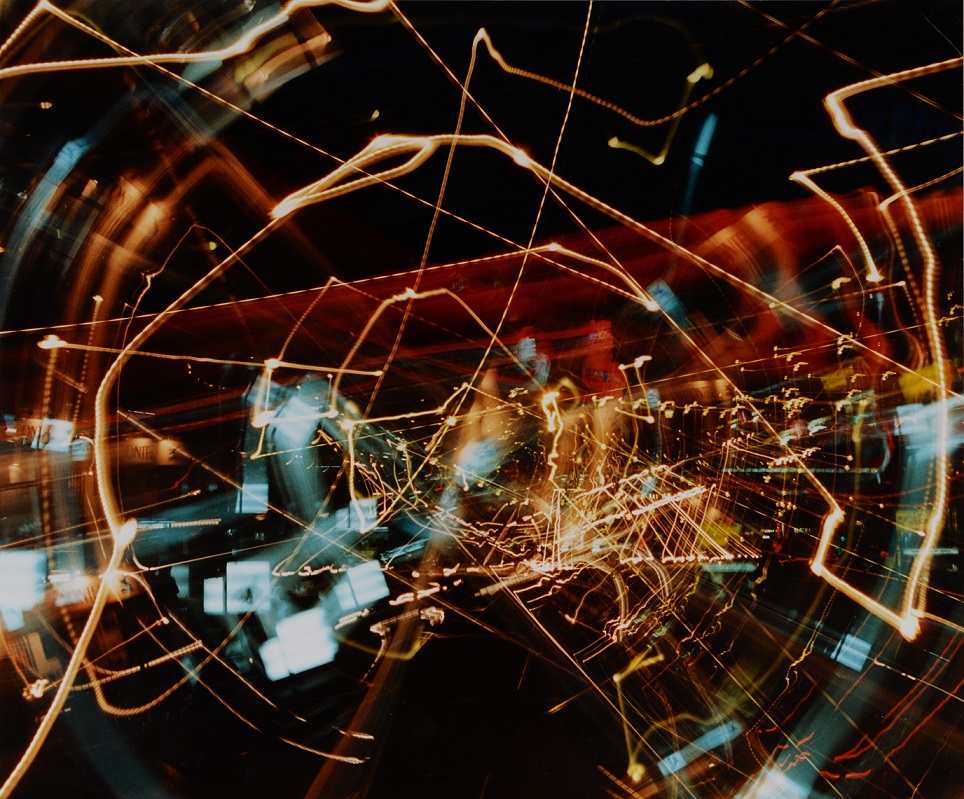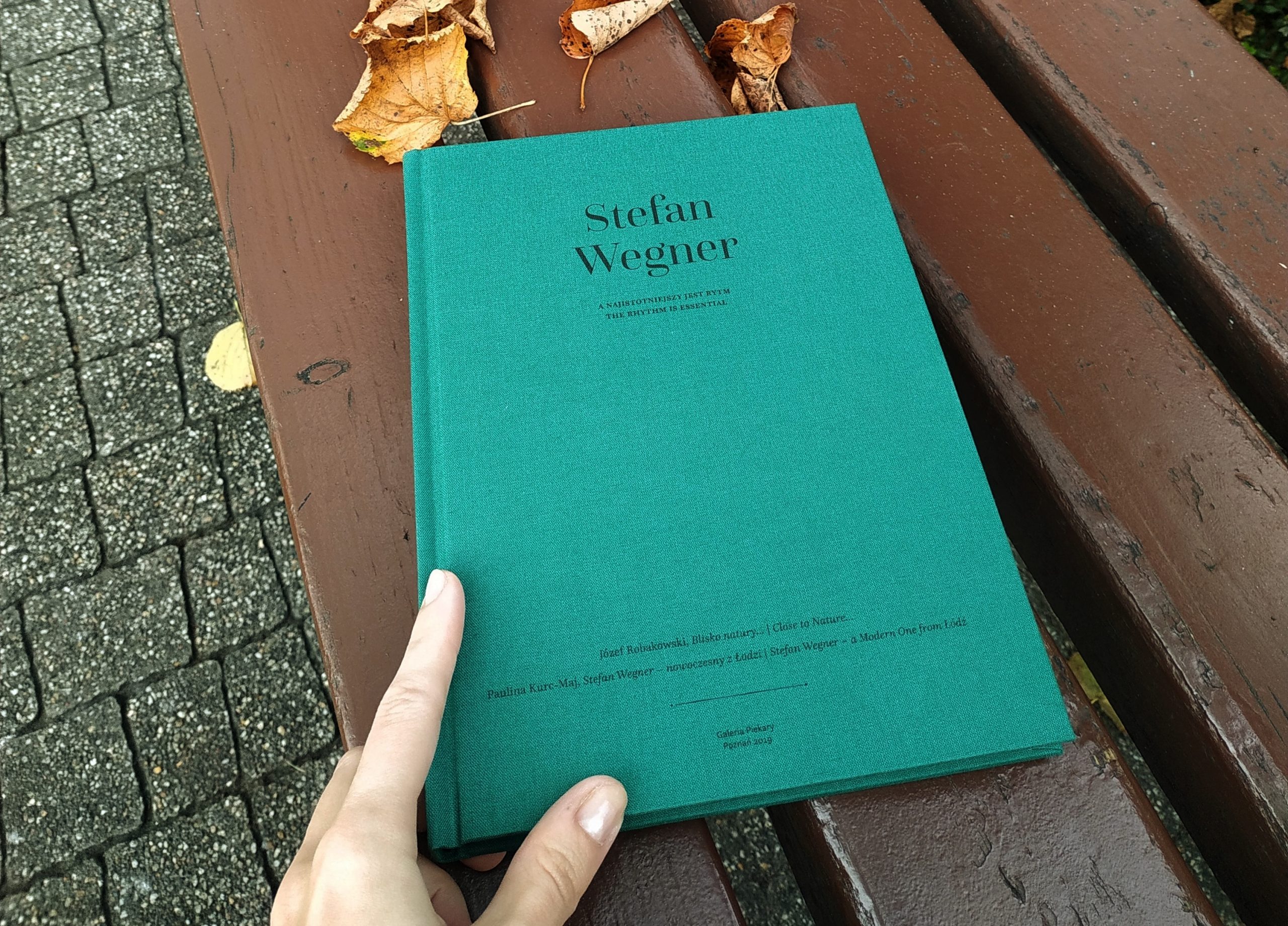opening: January 19th, 2024 at 7 PM
exhibition: 19.01 – 23.02.2024
organizator:
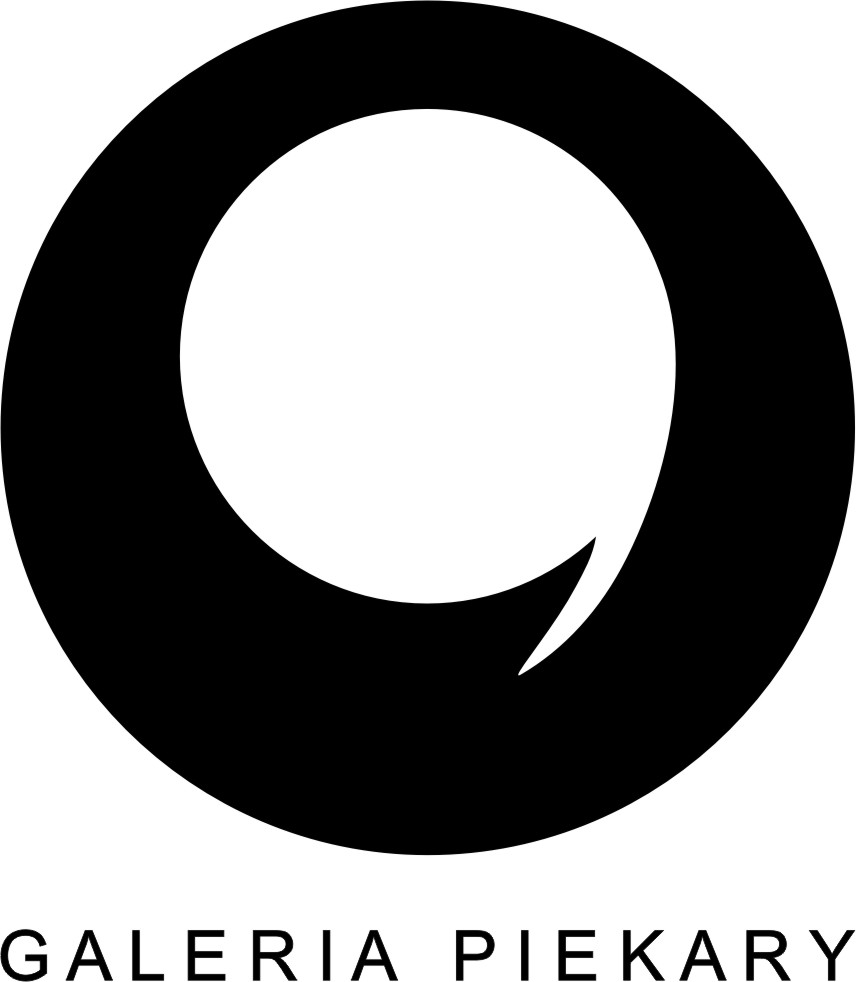
partner:

place: Galeria Piekary
ul. Św. Marcin 80/82
CK Zamek, Dziedziniec Różany
61-809 Poznań
exhibition open Monday – Friday 10 AM – 6 PM
admission always free
media patronage:
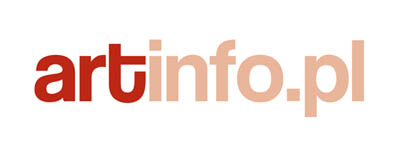
Piotr Kurka (1958) comes from Poznań, where he attended the State Higher School of Visual Arts (now the University of Arts), graduating in 1982 with a diploma obtained in Jerzy Kałucki’s studio. Currently, as a full professor, Kurka heads Intermedia Studio I – Intermedia Activity & Photography, at the Department of Intermedia, Faculty of Animation and Intermedia UAP. He is also the editor and co-publisher of Zeszyty Artystyczne, a journal in which he has regularly published essays and commentaries on the topical problems and issues in contemporary art. The artist engages with sculpture, photography and drawing, as well as creates experimental films and large-scale spatial arrangements. Co-founder of the renowned art group Koło Klipsa.
Opera Dignitas is an intermedia installation comprising three elements: a collection of walking sticks, a looped video and a number of hand-coloured prints which depict interiors with a distinctly pre-modernist provenance. The title offers the keywords: etymologically, “opera” means a work, a piece, or an effort, whereas in actual usage it denotes a stage work that represents a synthesis of arts. Both meanings are relevant in the context of the project. Meanwhile, “dignitas”—which is Latin for dignity—is also the name of a Swiss euthanasia clinic, which adds a sinister-paradoxical overtone to the whole. The aim of the exhibition is to draw attention to the exclusion of the elderly, who are subjected to increasing marginalization and cultural expulsion, particularly in Western cultures.
The most common identifying feature of the elderly and infirm is the walking stick. At the same time, in many archaic and tribal cultures that object invariably remains an attribute of dignity and seniority, being wielded by masters, shamans, priests, chiefs… Their sticks are not made to a standard length to support one when walking; they are longer and often embellished, while its ornamentation corresponds to and reflects social standing, leadership or noble role. This increased length translates into an upright position and enables one to walk with dignity. Thus, Piotr Kurka’s project essentially aims to diffuse that idea, so that presenting a person with a stick that symbolizes seniority and dignity may be integrated into culture. In the choreographic sense, this straightforward gesture signifies a change of position to an upright one, which may be interpreted both literally and metaphorically. Kurka’s project is analogous to the Shanghai project entitled Lotus Eaters, which involved collaboration with persons excluded due to precipitous and brutal industrialization in China.
The film displayed as part of the exhibition—Opera Dignitas— seeks to symbolically restore dignity to the elderly. Here, the first keyword of the title becomes particularly relevant. The footage deliberately exploits pathos-filled “elevation” of feelings that are characteristic of musical drama. In opera, the artificiality of one’s pose and over-dramatization underscore the essential elements of human existence. A similar kind of pathos may be observed when honours or distinctions are awarded to elderly persons. These very ideas are brought to the fore by Piotr Kurka, as he manifests his opposition against the civilization of death.
Piotr Kurka is highly regarded in Poland and internationally. His oeuvre spans 35 individual exhibitions and over 100 group exhibitions. He is a two-time winner of grants from the Ministry of Culture and National Heritage, as well as holder of fellowships from such institutions as the Kościuszko Foundation, the Rockefeller Foundation and the Pollock-Krasner Foundation. His individual exhibitions have been held in many cities-cultural centres in Poland, as well as in New York and Marseille. Also, the artist has participated in art festivals and events in e.g. Jerusalem, Zurich and Oberhausen. His works may be found in the collections of such institutions as the Museum of Modern Art in Wrocław, the National Museum in Poznań and the Centre of Polish Sculpture in Orońsko.
